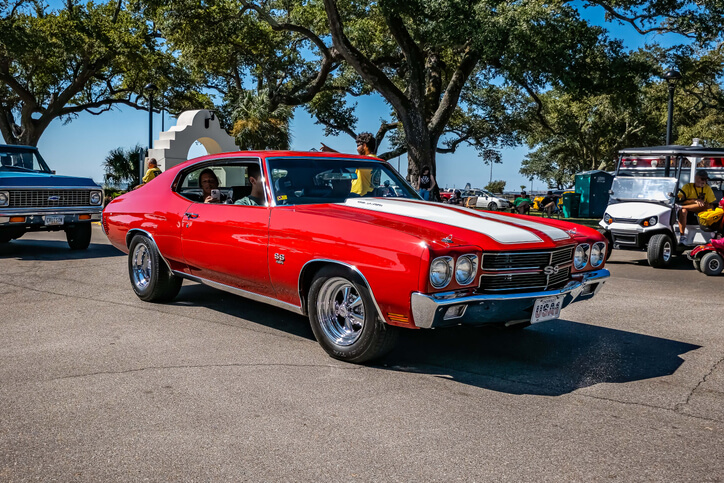Converting Classic Cars to EVs: The Next Big Trend in Auto Restoration
Auto mechanic training is evolving as classic car enthusiasts embrace a new frontier: converting vintage vehicles into electric powerhouses.
Take Kevin Erickson’s 1972 Plymouth Satellite, for example; its gas-hungry V8 has been replaced with a Tesla Model S powertrain, launching the car from 0–60 mph in just about three seconds. Nicknamed “Electrollite,” this build represents a fast-growing movement where classic design meets cutting-edge EV technology, delivering both sustainability and supercar-level performance.
Why Convert Classic Cars to Electric?
Converting a classic gasoline car into an electric vehicle (EV) is a radical way to breathe new life into an old ride. Why are more enthusiasts considering this leap? Here are some key motivations:
- Performance and Power: Electric motors provide instant torque and smooth power delivery. EV drivetrains can dramatically improve the acceleration and overall performance of vintage vehicles.
- Environmental Benefits: Driving an EV produces significantly lower greenhouse gases over its lifetime, helping combat climate change.
- Fun and Engineering Challenge: For many, the conversion process itself is an enjoyable, rewarding project. It’s a modern twist on hot-rodding.
- Future-Proofing & Preserving Legacy: Converting to electric can future-proof a classic car. Owners get to extend the legacy of their favorite cars “in a cleaner world,” driving them with a clear conscience.
A Growing Auto Mechanic Training Movement: Auto Restoration
What started as a niche hobby is quickly becoming a notable trend in the restoration community. Interest in EV conversions of classic cars is on the rise, with more enthusiasts and even mainstream media taking notice.
Actor Robert Downey Jr. recently produced a TV series in which he converts his own collection of classic cars to electric drive, bringing attention to the practice. Reactions in the car community are mixed: many are intrigued, while others cling to the sounds and sensations of gasoline engines. But the overall momentum, from auto mechanic training to commercial and high-end automotive advancement, is unmistakable.
Companies like Everrati are electrifying classics such as Porsche 911s and Land Rovers, drawing collectors willing to pay hundreds of thousands for vintage style with modern sustainability.

In North America, shops are experimenting with models like Ford Broncos and Mustangs, while the aftermarket industry and automakers are expanding EV parts, retrofitting solutions, and crate motors. As components become more accessible, converting a classic car to electric could soon be as simple as replacing a gas engine.
Challenges and Considerations
Converting a classic car to electric is not without its challenges. Enthusiasm is high, but anyone considering an EV swap must weigh several important factors:
- High Costs: Professional conversions can easily climb into six-figure territory.
- Technical Complexity: It requires significant mechanical and electrical expertise.
- Weight and Design Challenges: Batteries are heavy, and classic car chassis were never designed for that load. Suspension, brakes, and frames often need reinforcement.
- Preserving Heritage vs. “Sacrilege”: Owners should consider the purpose of the car – whether it’s for show, daily enjoyment, or family legacy.
- Environmental Trade-offs: Manufacturing batteries is energy-intensive. The environmental benefit is strongest when the converted vehicle is driven regularly.
Despite these challenges, solutions are emerging. Off-the-shelf kits, lighter batteries, and better integration tools are making conversions more achievable every year.

Preparing for an Electric Future in Auto Restoration
For up-and-coming automotive professionals and automotive service technician course grads, the rise of EV conversions opens an exciting new avenue, but it also means new skills are required.
CATI equips students with the opportunity to work on modern EV systems safely and effectively. Understanding EV technology not only prepares you to work on new cars but also opens the door to exciting specialties like electric classic car restoration.
Interested in joining the future of automotive technology? Explore CATI’s automotive service technician career training to start your journey.

